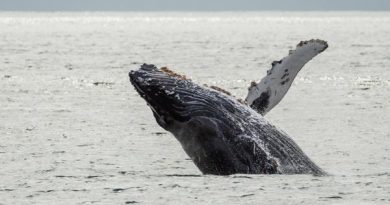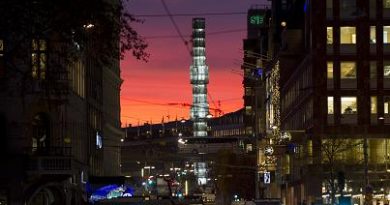Blog – Some gloom when it comes to Arctic climate, but also a promise of progress
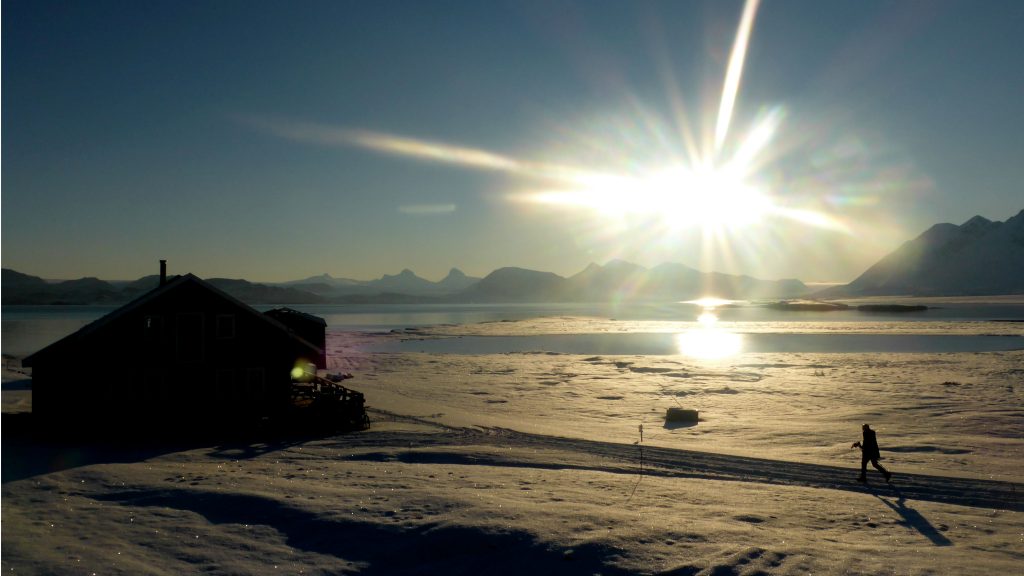
On November 23, Germany’s public service broadcaster ARD dedicated its prime viewing time after the evening news to the Arctic, the start of a whole week of themed programme contributions. It showed a film documentary on the MOSAiC project, a spectacular year-long expedition, during which the legendary icebreaker Polarstern – (pole star) belonging to Germany’s polar research institute, the Alfred Wegener Institute (AWI), was frozen into the ice of the Arctic Ocean and drifted with it.
(The title picture is a still from the film by UFA Show&Factual/ AWI)
🐻❄️More than 60 #polarbears were sighted near the #Polarstern in the course of the #MOSAiCexpedition. #WieLeben @DasErste #ExpeditionArktis @UFA_ShowFactual #Klimaschutz #Klimawandel #climatechange #climateofchange https://t.co/ImR7hrIIi2
— MOSAiC Expedition (@MOSAiCArctic) November 19, 2020
“Never before had an icebreaker ventured so far north during the Arctic winter and never before could international researchers comprehensively gather such urgently needed climate data in the region of the world hardest hit by climate change. Drifting with the ice, they endured the extreme cold, Arctic storms, a constantly changing floe”, said the expedition weblog on October 12, day 389, as the ship arrived back at her home port of Bremerhaven.
Once in a lifetime
More than 80 Institutes worked on the expedition in a research consortium headed by AWI and led by Professor Markus Rex. The scientists brought back invaluable samples and measurements which are being analysed around the world: on the atmosphere, the ice, the sea, the ecosystem and the biodiversity at the icy top of our planet.
The film showed spectacular footage of the Arctic ice, the light, the pinks, the blues – and the darkness of the winter months. Ice floes, treacherous cracks, leads, curious polar bears… challenges for technology and technicians, tough conditions for scientists with frost-tinged faces, icicles on eyelashes, gloved hands struggling to operate the most delicate of equipment.
(See also the Iceblogger’s own experience of research unlocking the secrets of the polar night).
The film captured the dedication and enthusiasm of the researchers privileged to take part in what was probably a once-in-a-lifetime opportunity to spend months on the ice, measuring, sampling,( – and all that while the world was in the grip of the COVID pandemic). Once in a lifetime not only because of the logistics and the expense of mounting an expedition like this one – and the likelihood of being selected for a place on board – but also because the Arctic is changing so rapidly. The climate warming caused by our lifestyle is transforming the no-longer-eternal ice – possibly for ever.
One image that sticks in my mind is of a scientist squealing with excitement because the team had brought up a fish from a record depth in that remote, icy part of the ocean. But the fish was not the polar cod expected in that location, but an Atlantic species. Climate change is bringing species further north – while there is nowhere to go for species specialised in icy habitats, once conditions have become too warm for them.
The women at the forefront
A discussion programme broadcast after the film brought AWI’s director Antje Boetius, a media-savvy scientist and what Germans call a “Powerfrau”, together with a politician and two activists. One of them, Fridays for Future activist Carla Reemtsma, is the kind of representative of her generation who gives me hope: eloquent, committed, informed, facts and figures at her fingertips.
Everybody agreed on the need for action to halt climate change. But the gap between what science and activists tell us needs to be done now – and what politics and governments are currently offering – seems so vast, the challenge of keeping up optimism and motivating people of all generations to embrace the kind of lifestyle- change that would preserve the Arctic – and the global climate – is more testing than ever. We need a widespread, mainstream change in mindset and consumption patterns to make the transition to a zero-carbon world.
AWI told me the Expedition Arktis film reached 4.23 million viewers, a market share of 12.6 percent. That is an impressive figure. I would like it to reach even more.
Beyond the echo chamber
People I have talked to who watched the documentary have mostly been those who are already concerned about the environment and the climate. My subjective impression is that we are still far from the “critical mass” needed to change our social behaviour in a direction that would halt climate change. There are still too many who either have not understood the key messages and their relevance for themselves, or refuse to take them on board. But things are moving in the right direction, for instance with the success of a documentary about a scientific expedition researching climate impacts on national TV during peak viewing time.
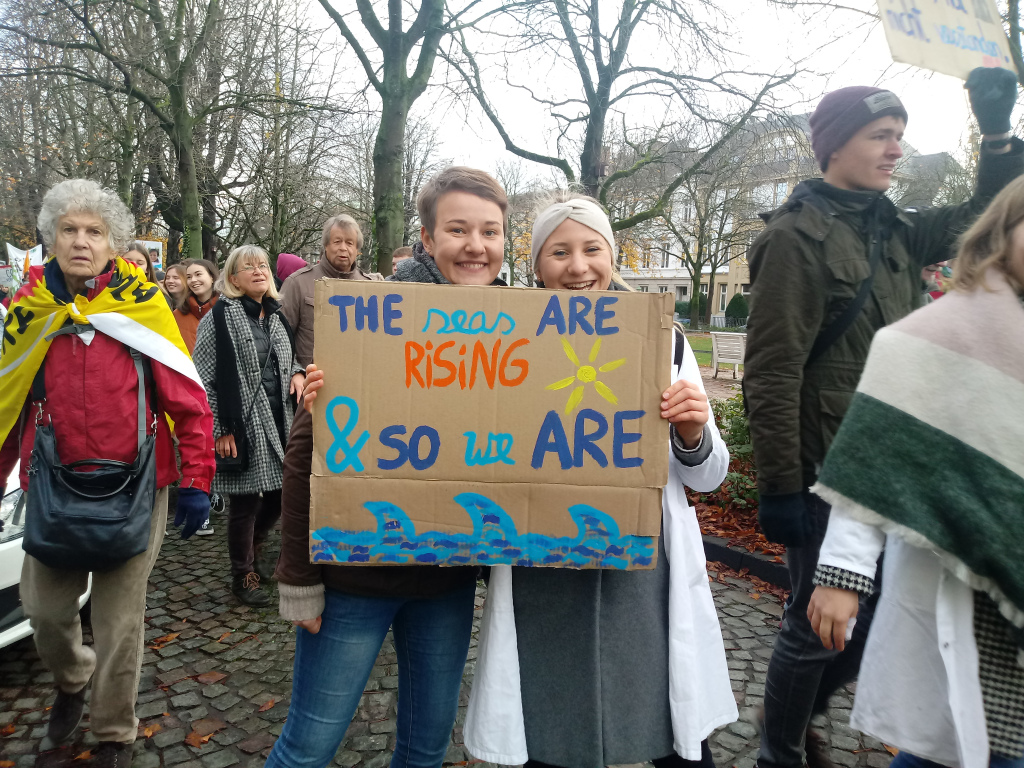
A Tweet from climate scientist Katharine Hayhoe drew my attention to a study conducted amongst US Americans aged between 27 and 45: “Eco-reproductive concerns in the age of climate change”:
There’s a lot of anecdotal evidence but this may be the first systematic study: 97% of young people surveyed were “very” or “extremely concerned” about the well-being of their hypothetical children in a climate-changed world. @schneidermayers et al https://t.co/yh98dzwnQx
— Prof. Katharine Hayhoe (@KHayhoe) November 22, 2020
The study found: “While 59.8% of respondents reported being “very” or “extremely concerned” about the carbon footprint of procreation, 96.5% of respondents were “very” or “extremely concerned” about the well-being of their existing, expected, or hypothetical children in a climate-changed world. This was largely due to an overwhelmingly negative expectation of the future with climate change,” the study summary says.
“These and other results are situated within scholarship about growing climate concern in the USA, the concept of the carbon footprint, the carbon footprint of procreation, individual actions in response to climate change, temporal perceptions of climate change, and expectations about the future in the USA.”
It’s all about communication
Being concerned is a step in the right direction. Next, we have to do something to bring about change, which involves things like driving, flying, shopping and consuming less – or differently – to improve the world for coming generations.
Which brings me as a journalist once more to that key issue – how to convey the state of the climate and our role in influencing it to the wider public without either scaring people into resignation and inaction or playing it down to the extent where the necessary action for mitigation and adaptation will not happen.
Claims based on flawed models are dangerous and have to be debunked. But can we ignore potentially catastrophic developments on the grounds that too much gloom and doom could result in resignation? https://t.co/1DzVv67w0w
— irene quaile (@iceblogger) November 13, 2020
I have been following a debate sparked off by a study in Scientific Reports, by Jorgen Randers and Ulrich Goluke: “An earth system model shows self-sustained melting of permafrost even if all man-made GHG emissions stop in 2020”.
I know! Permafrost thaws, it doesn’t melt. That served to immediately discredit the study in the eyes of various renowned climate experts, but I doubt the terminology makes much difference in the eyes of most members of the public. What matters is the content as a whole – and how it is “framed”.
There’s a new paper out, being presented as showing global warming may have already passed a “point of no return”
BUT it’s based on a model with major flaws. Even the authors don’t claim it actually represents reality
Fact check by @daisydunnesci here:https://t.co/hakl34bhWZ
— Richard Betts (@richardabetts) November 12, 2020
The study is based on just one particular model and has to be compared with the other models around and the body of IPCC research. That is actually made clear in the title of the paper.
Journalist Daisy Dunne talked to Professor Richard Betts and others to put the paper into scientific context for The Independent, in an article headlined “Is the climate crisis pushing the world towards a ‘point of no return’?”
Doom and despair?
“Ending greenhouse gas emissions may not stop global warming” was the headline over the press release on the study, issued by Scientific Reports.
The problem with that is that readers could fall victim to what climate psychologist and economist Per Espen Stoknes, Director of the Center for Green Growth at the Norwegian Business School in Oslo, calls the “doom barrier”. One possible response that might evoke: “If it won’t stop global warming, why should I bother?”
I interviewed Stoknes for Deutsche Welle after the publication of his book What we think about when we try not to think about global warming. Towards a new psychology of climate action:
“If we say the Earth is now going to hell, we’re going to a boiling Earth, a hothouse, and ifyou keep saying that, it activates a barrier we call the doom barrier. When you have heard this too many times, you get used to it.You start to avoid the messenger and the message and you may even want to stereotype the messenger. These are just tree huggers or green extremists or climate fanatics”.
The controversial press release publicising the study was later amended:
“A top scientific journal which claimed that global warming may already be unstoppable has been forced to issue a clarification after being accused of potentially causing “unnecessary despair”, wrote Ben Webster in a piece for The Times entitled “Unhaltable global warming press release withdrawn by Scientific Reports journal.” He refers to the title of the press release as “doom-laden”.
There we have it.
We can fix it
Katharine Hayhoe has an interesting Twitter thread on the controversy:
In light of the recent study that’s being framed as “it’s too late, we can’t fix it,” I have a thread on the science of that (see next) … but also this thread on the psychology of such messaging. https://t.co/yTiFGWrXNO
— Prof. Katharine Hayhoe (@KHayhoe) November 13, 2020
The key lies, then, in suggesting what we can still do about it in terms of our own everyday habits – and our votes in elections at all levels. At the same time, it would be misleading and counterproductive to detract from the seriousness and the urgency of the situation.
The dangers of spin
We have to report on the damage which has ready been done -which we and coming generations have to cope with. If we tone down negative findings to avoid too much upset or even panic, we do science and truth a disservice
Is it fair to assume that if a study does find that some aspects of climate change are irreversible, publishing the results will end all attempts to halt global warming? Would that make it acceptable to give it a positive spin? I don’t think so.
The impacts of climate change are already being felt in the shape of floods, droughts, sea level rise, storms, and these all require action now, especially to help people in those parts of the world whose livelihoods – or even lives – are threatened, but who do not have the resources to cope with the effects of emissions caused by the industrialised world.
Without succumbing to any potential headline-grabbing “gloom and doom” scenarios, the need for change to halt potentially catastrophic warming – yes, I stand by “potentially catastrophic” – has to be communicated. “Business as usual is not an option” – clichéd, perhaps, but an essential message.
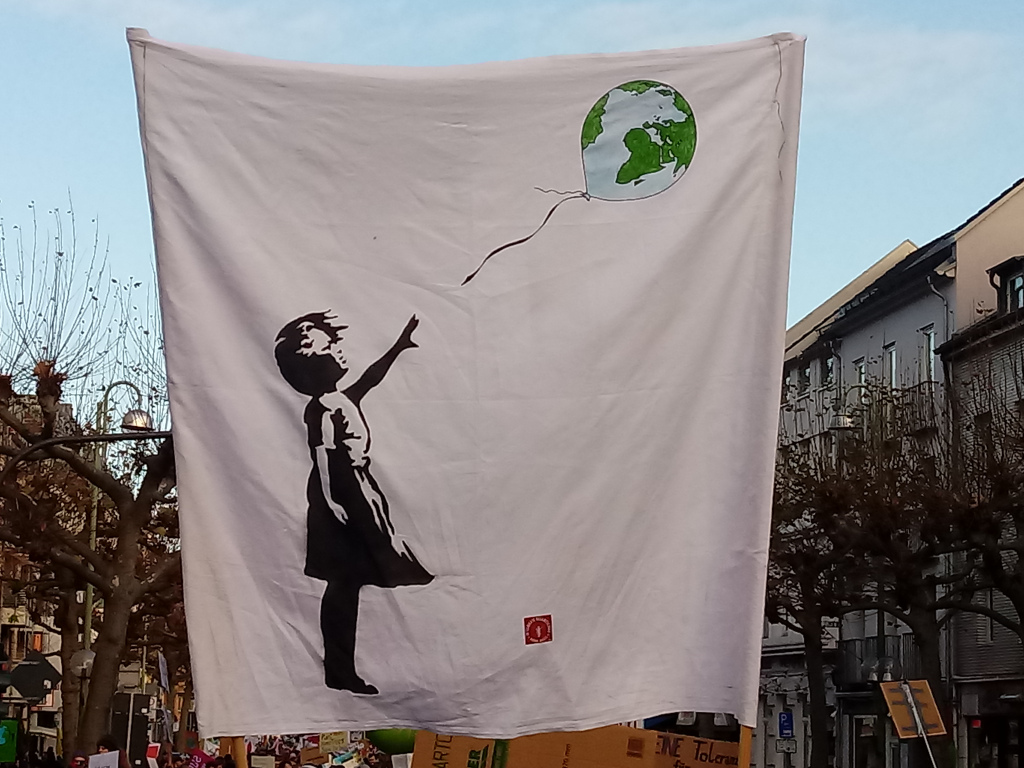
The state of play
So where do we stand right now, November 2020, and what grounds do we have to be optimistic, in spite of it all?
There is no getting away from the fact that the corona pandemic has dominated the news agenda and public interest this year and taken attention away from the climate emergency.
The WMO announced last week, that, contrary to some expectations earlier in the year, the pandemic shutdown has not affected CO2 concentrations in the atmosphere.
#COVID19 has had no measurable impact on CO2 concentrations in the atmosphere (cumulative past and current emissions), per WMO Greenhouse Gas Bulletin
But the lockdown provides a platform to grow back better and take #ClimateActionhttps://t.co/sYiJnrkYo5 pic.twitter.com/lCstO3xK2A— World Meteorological Organization (@WMO) November 23, 2020
“CO2 concentrations have accumulated in the atmosphere throughout the industrial era. Like water in a bath tub. CO2 emissions are the running tap. It’s not enough to slow the flow of water”, says the UK-based website Carbon Brief in its latest state of the climate report, published in late October. “We need to shut the tap completely. We need to cut net emissions to zero for #ClimateAction”, writes author Zeke Hausfather.
Warmer than ever
2020 is on track to be the warmest year since reliable records began in the mid 1800s, he goes on. The first nine months of the year saw record concentrations of major greenhouse gases – CO2, methane and nitrous Oxide – in the atmosphere. Hausfather points out that 2020 has been breaking heat records even without any of the major El Nino events which have contributed to most earlier record warm years.
Over the last fifty years, Hausfather sums up, there has been a clear warming trend and an obvious declining trend in sea ice extent and volume.
Carbon Brief has analysed record from six different research groups which report global surface temperature records. In spite of some variation across the datasets, Carbon Brief finds there is “only an extremely small chance than 2020 will not be either the warmest or second warmest (after 2016 with an El Nino) year on record across all the datasets currently reporting.
As far as the Arctic in particular is concerned, the group notes a particularly stark decline in summer sea ice in 2020, as discussed recently here on the Ice Blog. It was at record low levels for much of the summer.
The summer minimum was the second lowest on record. “This year there was only half as much sea ice during the September minimum in 2020 than there was in the late 1970s and early 1980s”, Carbon Brief writes.
And, of course, apart from the decline in ice extent, the sea ice that remains tends to be younger and thinner than used to be the case.
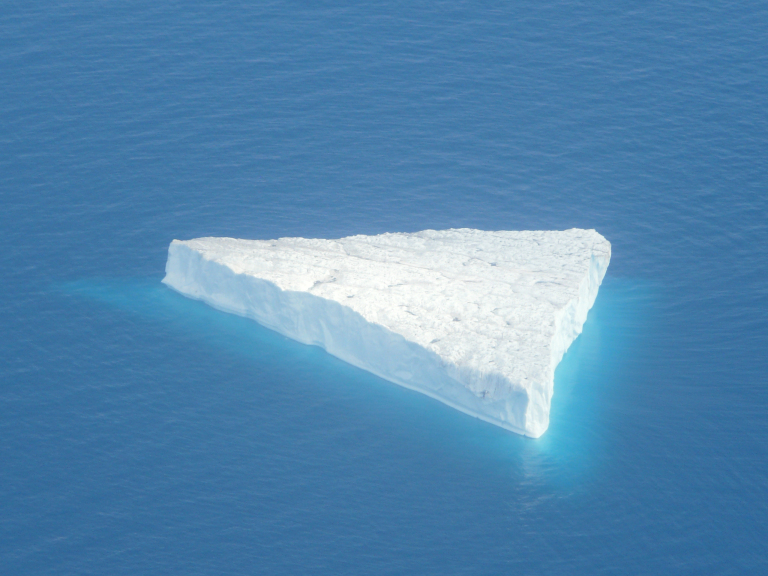
Covid and the COP
This month should have been COP26 in my hometown, Glasgow, if it hadn’t been for the pandemic. UK premier Boris Johnston has announced a package of measures to make the country carbon-neutral by 2050, including phasing out sales of petrol and diesel cars by 2035. (Is it cynical of me to suspect he was lucky to find himself with a year’s grace, extra time to come up with measures that could make the host country look good when the COP finally takes place? And conveniently distract some attention from the bungled tackling of COVID and the impending BREXIT?).
For a summary of media reactions to the UK plan, see Carbon Brief.
I have often discussed the pros and cons of the annual UN climate extravaganza. Whatever the shortcomings and criticism of the event – it does focus attention on the climate emergency. The postponing of the physical meeting does not – should not – mean a pause in global climate action.
Right now, the signatory countries should be submitting new or updated national climate action plans with their “Nationally Determined Contributions” (NDCs), which are at the heart of the Paris Agreement, and scheduled to be handed in by the end of this year. 2020 was supposed to be a key year for global climate action.
COP25 President Minister Carolina Schmidt from Chile said in a statement: “COVID-19 has postponed COP26 but it has not delayed the need for Parties to deliver on their commitments under the Paris Agreement – most importantly, the submission of more ambitious Nationally Determined Contributions this year.”

The show must go on
This time round, the UNFCC has had to improvise with a series of virtual events, including the UNFCC Climate Dialogues taking place this week. The self-declared aim is “to contribute to maximum progress and ensure a minimum of delays in the multilateral climate action agenda in the run-up to the UN Climate Change Conference in Glasgow (COP26) at the end of next year.”
The organisers see it as “an opportunity for the Parties to the UNFCCC to come and share what they have been able to achieve this year and what they look forward to doing in 2021.”
Marianne Karlsen, Chair of the UN climate secretariat’s implementation body SBI, said: “We know that 2021 will be an extremely busy year and we need to catch up on lost time. Hence whatever we can do now to make progress is crucial to what we can achieve at the UN Climate Change Conference, COP26, in Glasgow next year.”
I think most of us would go along with that.
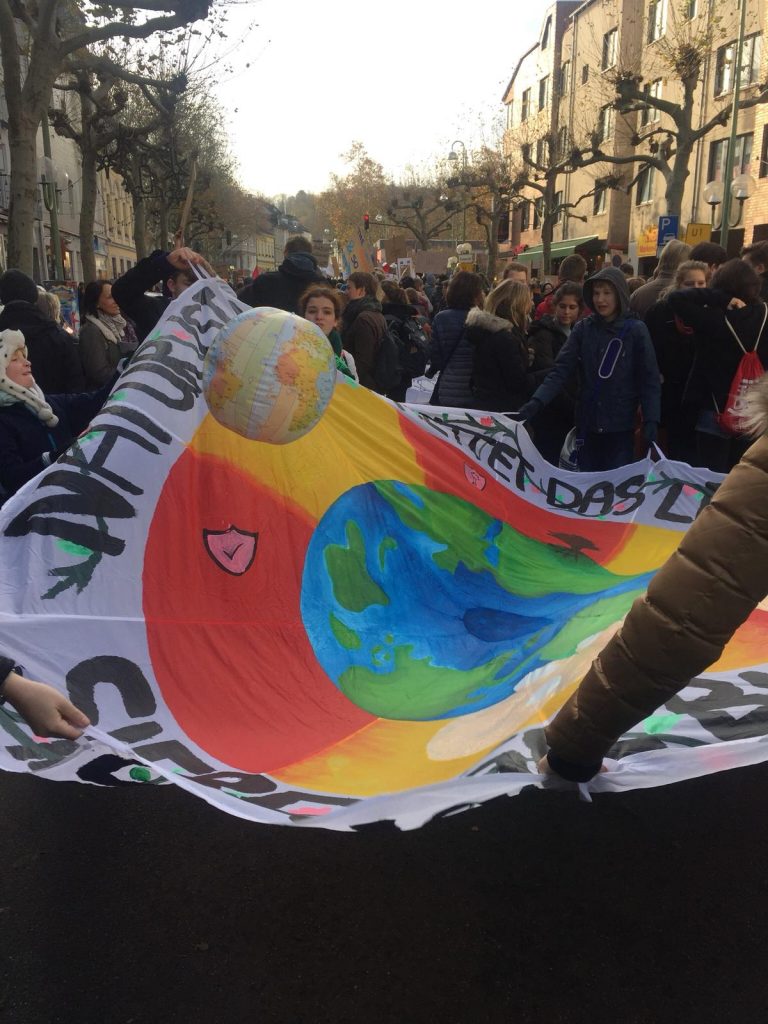
There will be a global event on 12 December to mark the 5th anniversary of the Paris Agreement, hosted by the UK COP Presidency, France and the UN, – “which will be an opportunity for world leaders to raise global ambition to tackle climate change ahead of COP26”, the UNFCCC said in a statement.
Executive Secretary Patricia Espinosa said: “COVID-19 and the climate emergency can only be addressed by building forward, by re-embracing multilateralism, by honoring commitments under the Paris Agreement and continuing to build trust in the climate process.”
COP26 President-Designate Alok Sharma stresses the need to keep up ambition and momentum and to use the virtual sessions to “help put us on the front-foot for a year of action in 2021.”
Top emitters as new climate leaders?
The development which gives a mega-boost to the UN process has to be the election of Joe Biden as US President instead of Donald Trump. The world’s second-biggest emitter of greenhouse gases will come back into the Paris Agreement, and the green transition – which is already happening at state level in some parts of the USA – will be able to move forward and spread.
Xi Jinping, the President of China, the world’s biggest emitter, announced new climate targets during his Sept. 22 address to the U.N. General Assembly, including the nation’s plan to achieve carbon neutrality before 2060.
It remains to be seen how China’s continued promotion of fossil fuel projects at home and abroad will fit in with that.
As far as the Arctic in particular is concerned, President-elect Biden’s pledge to thwart his predecessor’s last-ditch attempts to allow drilling in the National Wildlife Refuge is a sign of hope at regional level – and could be a signal of a change in US administration attitudes towards its chunk of the high north.
But the fate of that icy region at the top of our planet depends on the global picture – whether we can cut those emissions in time to keep to the 1.5 degree target. Joe Biden faces a tall order with expectations that his actions could be decisive in attaining that.
So we come back to that all important question of communication. How do we convince the world that – yes – there is a lot of gloom about – but – no – we are not doomed. Regardless of all the debates about whether and which tipping points have or have not been reached – we can still improve the state of the climate and the planet – starting right now.
I’ll close with this motivating little tweet I came across from Arctic Analyst Marisol Maddox from the Polar Institute:
Excited to be interviewed by 4th-7th graders today on the #Arctic, #climatechange, & national security! Important to normalize climate change conversations, engage youth in climate action, normalize grief & complex feelings, inspire them & empower them to be part of the solution.
— Marisol❄️Maddox (@Marisol_Maddox) November 24, 2020
That’s what it’s all about.
Related stories around the North:
Canada: 2020 shaping up to be among warmest years on record says WMO, Eye on the Arctic
Greenland: Rise in sea level from ice melt in Greenland and Antarctica match worst-case scenario: study, CBC News
Russia: Northern climate change will cost country €99 billion says Russia’s Minister of the Arctic, Eye on the Arctic
Sweden: Reducing emissions could create up to 3,000 new jobs in Arctic Sweden says mining group, Eye on the Arctic
United States: Indigenous wildfire knowledge to be key part of new Arctic Council project, Eye on the Arctic


